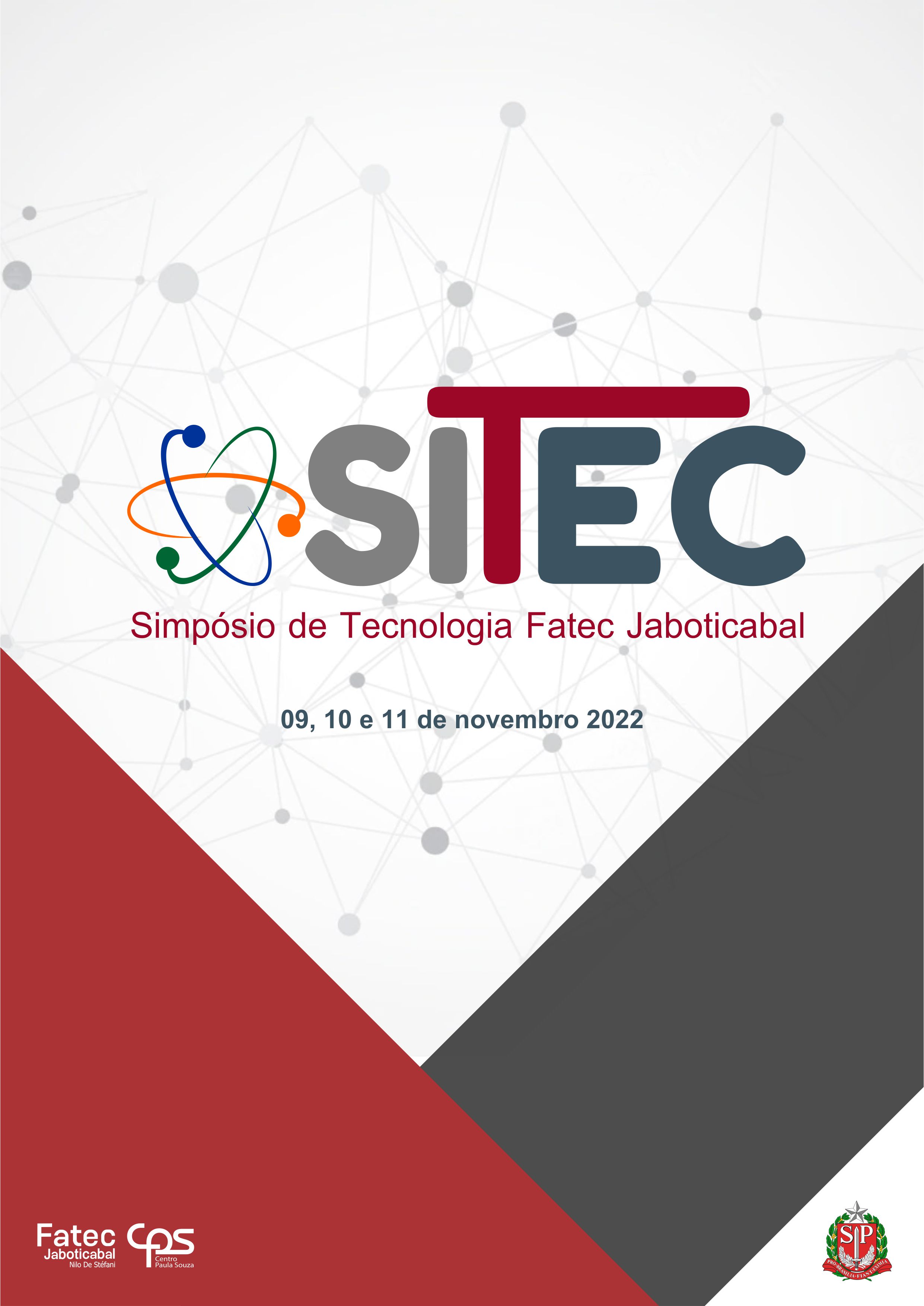ENVIRONMENTAL IMPACTS OF ENDOCRINE DISRUPTORS IN EFFLUENTS
Problems and alternatives for mitigation
DOI:
https://doi.org/10.52138/sitec.v12i1.224Keywords:
Emerging pollutants, Environmental contamination., Wastewater treatment., Sewage treatment station, Hormones.Abstract
Endocrine disruptors (EDCs) encompass structurally diverse classes of emerging contaminants, including primarily synthetic steroid hormones; pharmaceutical products; industrial chemicals; pesticides; combustion by-products and dioxins. EDCs can be detected and measured in aquatic environments such as surface water, groundwater, wastewater, landfill runoff and leachate, these micropollutants are a threat to the environment and public health as these elements adversely affect the functions endocrine organs. Conventional effluent treatment systems are not effective in removing EDCs, and numerous studies in this direction are being carried out in order to reduce the presence of these contaminants in the environment. This work is a bibliographic review, with the objective of highlighting the environmental problems of EDCs in the environment and citing some effluent treatment alternatives available to reduce these.
References
AHMED, M. B. et al. Sorptive removal of phenolic endocrine disruptors by functionalized biochar: Competitive interaction mechanism, removal efficacy and application in wastewater. Chemical Engineering Journal, v. 335, p. 801–811, 1 mar. 2018. Disponível em: https://www.sciencedirect.com/science/article/pii/S1385894717319538. Acesso em: 19 jul. 2022.
AZIZI, D. et al. A comprehensive review on current technologies for removal of endocrine disrupting chemicals from wastewaters. Environmental Research, v. 207, 1 maio 2022. Disponível em: https://www.sciencedirect.com/science/article/pii/S0013935121014973. Acesso em: 20 jul. 2022.
BERTRAM, M. G. et al. Endocrine-disrupting chemicals. Current Biology, v. 32, 11 jul. 2022. Disponível em: https://www.sciencedirect.com/science/article/pii/S0960982222009071. Acesso em: 19 jul. 2022.
CASTELLANOS, R. M.; DEZOTTI, M.; BASSIN, J. P. COD, nitrogen and phosphorus removal from simulated sewage in an aerobic granular sludge in the absence and presence of natural and synthetic estrogens: Performance and biomass physical properties assessment. Biochemical Engineering Journal, v. 176, 1 dez. 2021. Disponível em: https://www.sciencedirect.com/science/article/pii/S1369703X21002977. Acesso em: 20 jul. 2022.
GONZÁLEZ-GONZÁLEZ, R. B. et al. Prospecting carbon-based nanomaterials for the treatment and degradation of endocrine-disrupting pollutants. Chemosphere, v. 297, 1 jun. 2022. Disponível em: https://www.sciencedirect.com/science/article/pii/S0045653522006658#bib21. Acesso em: 18 jul. 2022.
ISMANTO, A. et al. Endocrine disrupting chemicals (EDCs) in environmental matrices: Occurrence, fate, health impact, physio-chemical and bioremediation technology. Environmental Pollution, v. 302, 1 jun. 2022. Disponível em: https://www.sciencedirect.com/science/article/pii/S0269749122002755#bib119. Acesso em: 17 jul. 2022.
JACKSON, J.; SUTTON, R. Sources of endocrine-disrupting chemicals in urban wastewater, Oakland, CA. Science of the Total Environment, v. 405, n. 1–3, p. 153–160, 1 nov. 2008. Disponível em: https://www.sciencedirect.com/science/article/pii/S0048969708006876. Acesso em: 15 jul. 2022.
METCALFE, C. D. et al. Methods for the analysis of endocrine disrupting chemicals in selected environmental matrixes. Environmental Research, v. 206, 15 abr. 2022. Disponível em: https://www.sciencedirect.com/science/article/pii/S0013935121019174. Acesso em: 17 jul. 2022.
SURANA, D. et al. A review on advances in removal of endocrine disrupting compounds from aquatic matrices: Future perspectives on utilization of agri-waste based adsorbents. Science of the Total Environment B.V., 20 jun. 2022. Disponível em: https://www.sciencedirect.com/science/article/pii/S0048969722012219#. Acesso em: 18 jul. 2022.
TAPIA-OROZCO, N. et al. Removal strategies for endocrine disrupting chemicals using cellulose-based materials as adsorbents: A review. Journal of Environmental Chemical Engineering, v. 4, 1 set. 2016. Disponível em: https://www.sciencedirect.com/science/article/pii/S2213343716302366. Acesso em: 19 jul. 2022.
WERKNEH, A. A. et al. Removal of endocrine disrupters from the contaminated environment: public health concerns, treatment strategies and future perspectives - A review. Heliyon, v. 8, 1 abr. 2022. Disponível em: https://www.sciencedirect.com/science/article/pii/S2405844022004947#bib2. Acesso em: 17 jul. 2022.
YU, Q. et al. Spatiotemporal variation and removal of selected endocrine-disrupting chemicals in wastewater treatment plants across China: Treatment process comparison. Science of the Total Environment, v. 835, 20 ago. 2022. Disponível em: https://www.sciencedirect.com/science/article/pii/S0048969722024676. Acesso em: 19 jul. 2022.
Downloads
Published
How to Cite
Issue
Section
License
Copyright (c) 2023 Ciência & Tecnologia

This work is licensed under a Creative Commons Attribution 4.0 International License.


